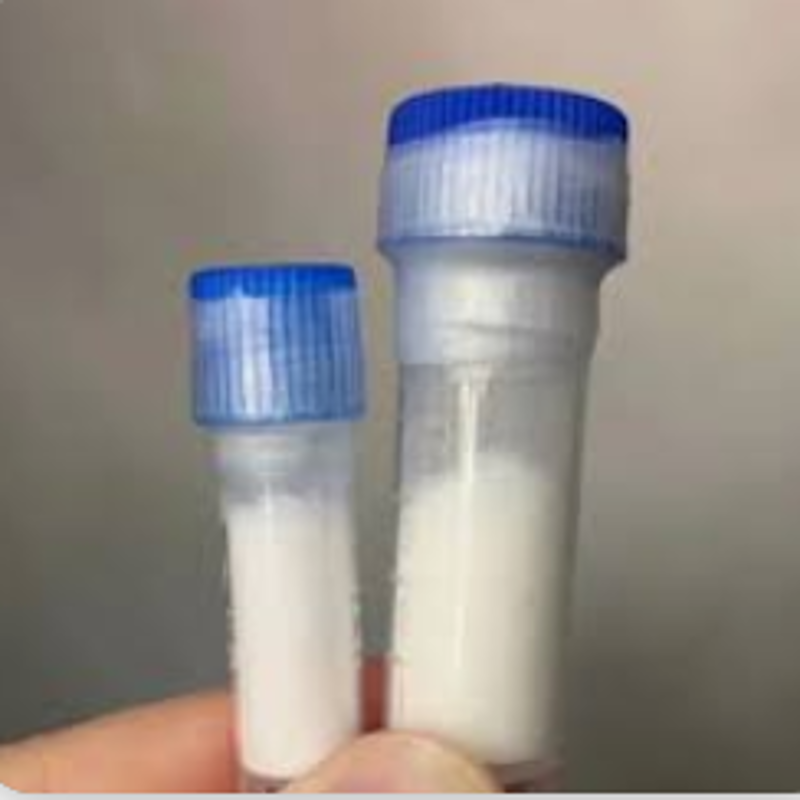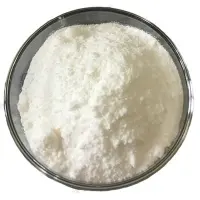-
Categories
-
Pharmaceutical Intermediates
-
Active Pharmaceutical Ingredients
-
Food Additives
- Industrial Coatings
- Agrochemicals
- Dyes and Pigments
- Surfactant
- Flavors and Fragrances
- Chemical Reagents
- Catalyst and Auxiliary
- Natural Products
- Inorganic Chemistry
-
Organic Chemistry
-
Biochemical Engineering
- Analytical Chemistry
-
Cosmetic Ingredient
- Water Treatment Chemical
-
Pharmaceutical Intermediates
Promotion
ECHEMI Mall
Wholesale
Weekly Price
Exhibition
News
-
Trade Service
Existing studies have shown that the blood levels of several biologically-related molecules are related to the risk of Alzheimer’s disease and wider dementia, but at present, we still lack information about all changes in the plasma proteome in the previous years of dementia.
In addition, so far, plasma proteomics studies on dementia are almost cross-sectional, and may be affected by reverse causality.
Gene expression studies have identified transcriptional changes consistent with dementia.
Recently, high-throughput techniques for characterizing the human proteome have made progress, enabling the simultaneous evaluation of approximately 5000 circulating proteins.
There are 38 kinds of proteins related to the occurrence of dementia 38 kinds of proteins are related to the occurrence of dementia
The whole proteome is associated with the occurrence of dementia
The relationship between the whole proteome and the occurrence of dementia The relationship between the whole proteome and the occurrence of dementiaMendel random samples using two methods, the researchers found that two kinds of dementia-related protein (SVEP1 and vascular angiotensin) and Alzheimer's disease there is a causal relationship .
Two kinds of dementia-related protein (SVEP1 and vascular angiotensin) and Alzheimer's disease there is a causal relationship between two kinds of dementia-related protein (SVEP1 and vascular angiotensin) and Alzheimer's disease there is a causal relationship between vascular immunity
In addition, the path analysis of a wider range of dementia-related proteins shows that immune, lipid, metabolic signals and hemostatic pathways are related to the pathogenesis of dementia .
Immune, lipid, metabolic signals and hemostatic pathways are related to the pathogenesis of dementia Immune, lipids, metabolic signals and hemostatic pathways are related to the pathogenesis of dementia
Original source:
Original source:Keenan A.
Keenan A.
Leave a message here







